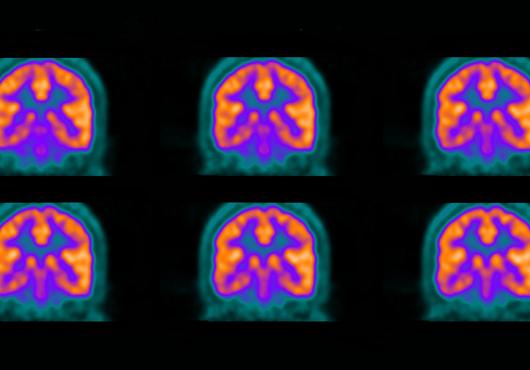
After years of steady progress, declines in cardiovascular mortality appear to have stagnated since 2008, and heart disease remains the leading cause of death in the United States. Scientists attribute the pause in progress to a recent worsening of cardiovascular risk factors, including blood pressure and blood sugar control, among U.S. adults.
However, little is known about trends in another major modifiable risk factor for cardiovascular disease: lipid concentrations — the amounts of several types of fats, such as cholesterol and triglycerides — in the blood that can line and clog the arteries and make the heart work harder than necessary.
In a paper published Aug. 23 in JAMA, physician-scientists at Harvard Medical School and Beth Israel Deaconess Medical Center assessed whether lipid concentrations and rates of lipid control changed among U.S. adults from 2007 to 2018. They also looked at whether these trends differed by sex, race, or ethnicity.
Enlightening, understandable, provocative
Solid reasons to read Harvard Medicine magazine






